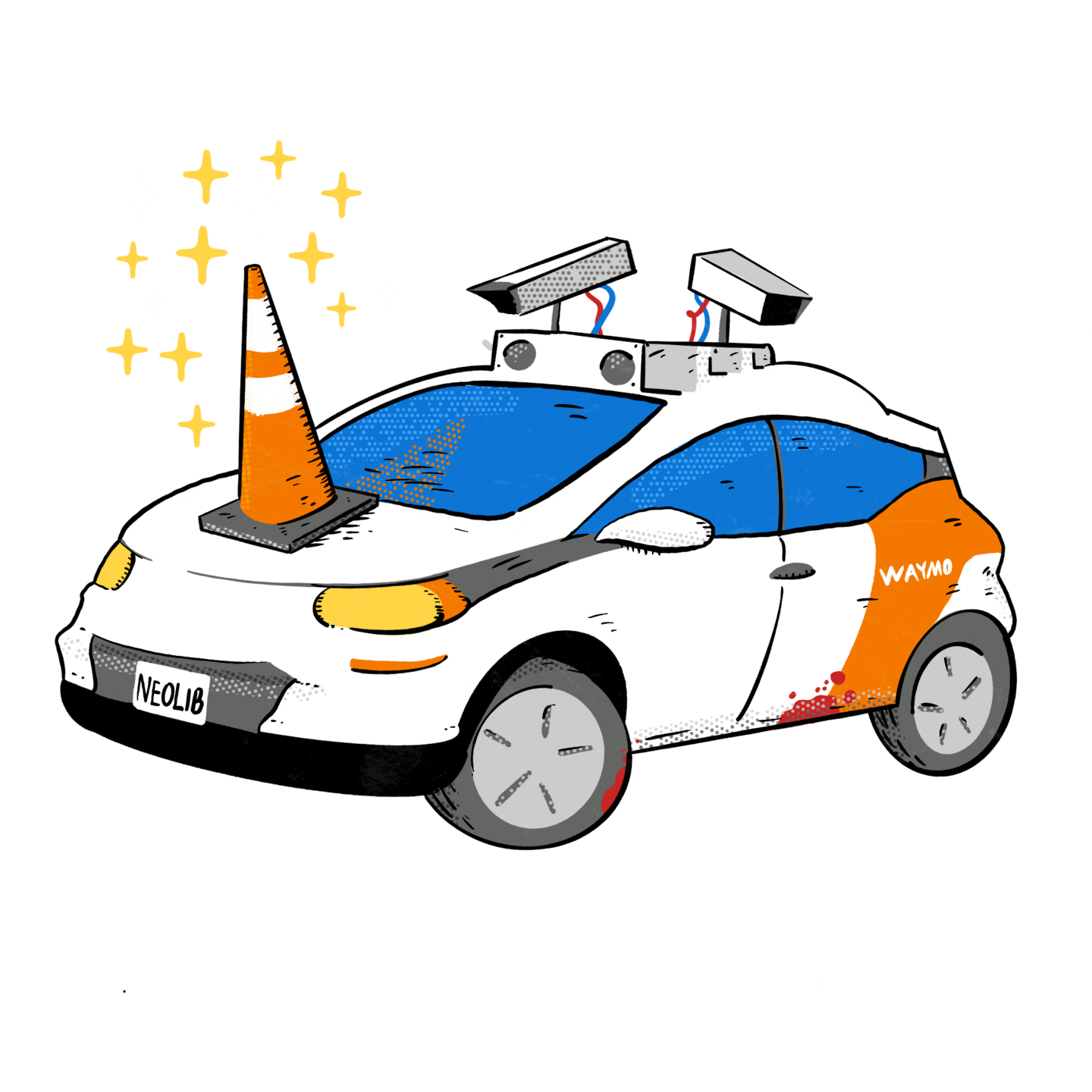
Washington Post – Cruise settles with person dragged under one of its robotaxis
Editors note: with an settlement of $8 million – $12 million the injuries suffered by the pedestrian must have been severe and disabling. It isn’t the money that is a factor to Cruise. It is that their vehicle, not even providing service to a passenger, did exactly the wrong thing (drive towards a pedestrian still in a crosswalk) and severely injured a person. The Cruise robotaxi implementation has failed.
See original article by Gerrit De Vynck at Washington Post
The GM-owned self-driving company suspended operations after the crash, but is starting to make a comeback.
SAN FRANCISCO — General Motors-owned self-driving car company Cruise reached a multimillion-dollar settlement this week with the pedestrian that was dragged by one of its cars in October.
Fortune first reported the settlement, which The Washington Post independently confirmed. Cruise paid the victim between $8 million and $12 million, according to Bloomberg News.
The incident, where a woman was hit by a human-driven car and knocked into the path of the Cruise, which then dragged her for 20 feet before stopping, contributed to the company being blocked from operating in San Francisco and halting its operations around the country for months.
“The hearts of all Cruise employees continue to be with the pedestrian, and we hope for her continued recovery,” a spokesperson for Cruise said. The Post has been unable to reach the victim or her lawyer.
Before the crash, Cruise’s autonomous cars had been a common sight on the streets of San Francisco. They were open to the public, and many people used an app to hail a ride, just like a passenger might with Uber or Lyft. But the company suspended its operations after its car dragged the woman for 20 feet at roughly 7 miles an hour, after another car flung her into its path. The human driver who initially hit the woman fled the scene. The pedestrian was taken to a hospital in critical condition.
The company initially told reporters that the car had stopped just after rolling over the pedestrian, but the California Public Utilities Commission, which regulates permits for self-driving cars, later said Cruise had covered up the truth that its car actually kept going and dragged the woman.
The crash and the questions about what Cruise knew and disclosed to investigators led to a firestorm of scrutiny on the company. Cruise pulled its vehicles off roads countrywide, laid off a quarter of its staff and in November its CEO Kyle Vogt stepped down. The Department of Justice and the Securities and Exchange Commission are investigating the company, adding to a probe from the National Highway Traffic Safety Administration.
In Cruise’s absence, Google’s Waymo self-driving cars have become the only robotaxis operating in San Francisco.
But Cruise has begun its comeback. On Monday, the company said it would start driving in Phoenix again, with human safety drivers in the vehicles. And in June, the company’s president and chief technology officer Mohamed Elshenawy is slated to speak at a conference on artificial-intelligence quality in San Francisco.
See original article by Gerrit De Vynck at Washington Post
